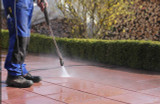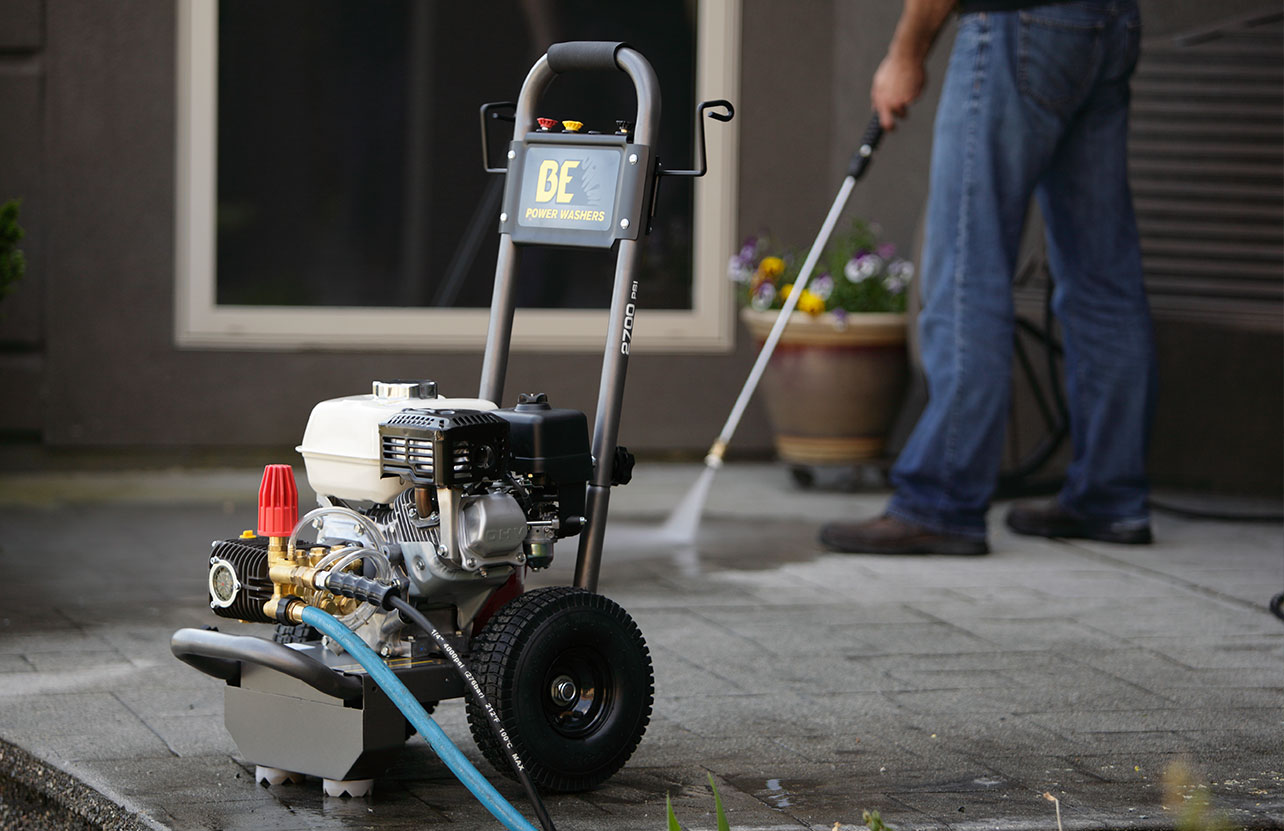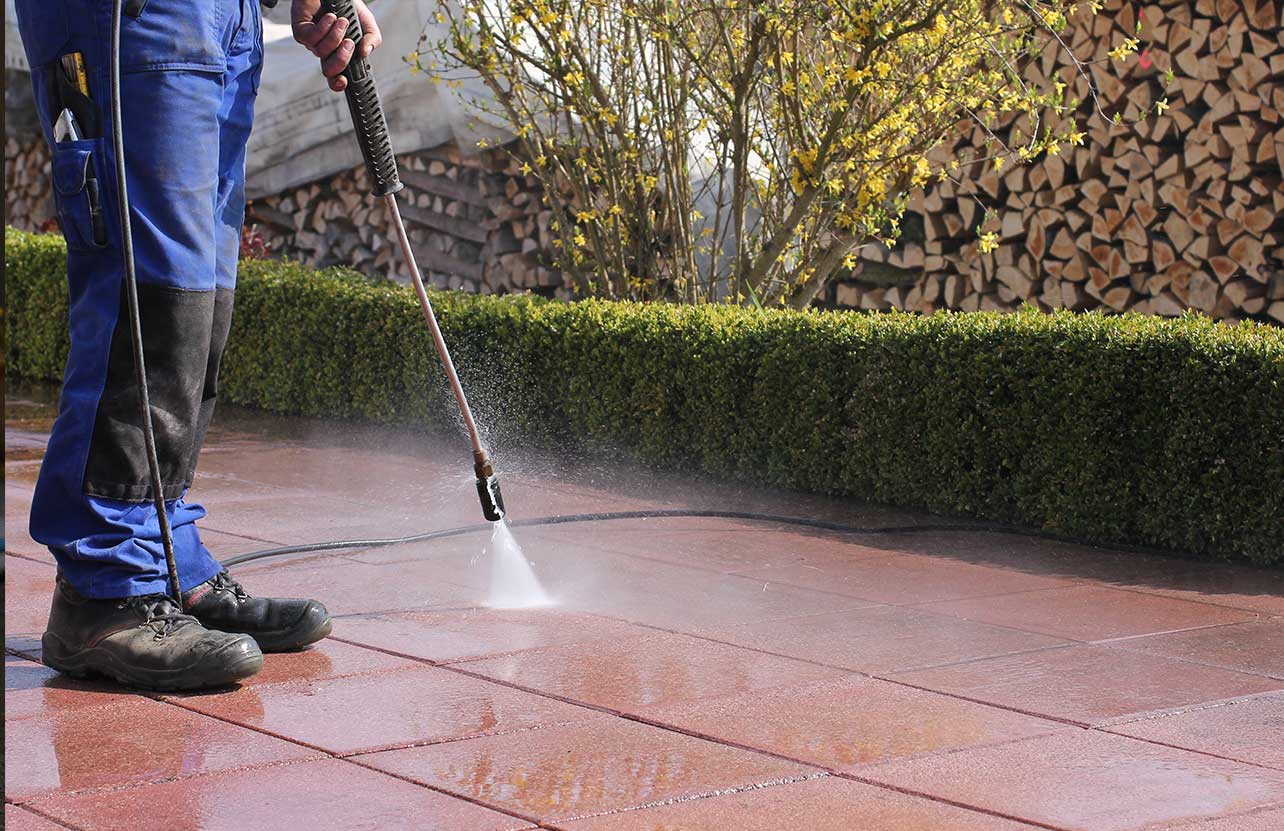Petrol Pressure Washer Glossary: Pressure Washer Terms Explained

Don't know the difference between PSI and flow rate? Confused about a water inlet and turbo nozzle?
Sometimes shopping for a petrol pressure washer can be a puzzling experience, especially if you've never operated one before.
This glossary has been built so that anyone and everyone can understand the main features and benefits of a petrol pressure washer.
Petrol Pressure Washer Glossary
PSI – The measurement of pressure which the pressure washer produces. Higher PSI usually means better cleaning performance; however, always note the flow rate of the machine as well.

Flow rate – How much water your pressure washer processes every minute or hour. The higher the flow rate, the more water you’ll be able to use over the given duration.
Engine – The source of power for petrol pressure washers, measured in cc or hp.
Pump – Processes the water and feeds it through the hose at a high pressure. Available from many manufacturers, such as Annovi Reverberi, General Interpump, CAT Pumps, etc.
Water inlet – Connection for garden hose to feed water into the pump.
Water outlet – Connects to the hose to transport water from the pump.
Hose – Connected from water outlet to the lance and transports the water. Various lengths are available.
Lance – A gun-shaped attachment which connects to the hose and puts you in control over the distribution of water via the trigger.
Nozzle – Attaches to the end of the lance and determines the spread of the water. They vary in size and application.
Turbo nozzle – A large nozzle with a ball bearing inside it which concentrates the stream of water to enhance the cleaning power. Always check the maximum PSI rating.
Detergent nozzle – Allows you to pull cleaning detergent through to the water feed on pressure washers which feature a detergent tank.
Detergent tank – Available on select pressure washers, allowing you to fill with cleaning fluids which is then drawn through the lance with the correct detergent nozzle applied.
Pneumatic tyres – Inflated tyres which improves manoeuvrability, usually larger than plastic tyres.
Wheel brake – Found on large pressure washers, applied to keep the machine stationary.
Frame – The housing which surrounds the engine and pump. Materials for the frame vary depending on the brand and quality of the machine.
Anti-vibration feet – Two objects fixed to the base of the frame which connects to the ground and absorbs much of the vibration from the pump and engine to keep the pressure washer static during operation.
Unloader valve – Regulates the pressure build-up to prevent overheating.
Cooldrive – An exclusive feature to BE Pressure machines, which draws cool air over the pump and reduces the heat by 25%.
Recoil start – The standard method of starting petrol pressure washers, via the use of a pull cord.
Electric start – Another term for key start, providing a convenient alternative to recoil start.
Q/R – Abbreviation for 'quick release', which is a connection method allowing you to simply pull back the collar to fit hoses and accessories.
Whirlaway / Flat surface cleaner – A type of pressure washer accessory which is used to clean flat surfaces, improving cleaning efficiency by up to 70%.
Snow foam lance – An accessory which fits on to the end of the lance and provides large coverage of foam onto a surface. Loosens mud and dirt allowing for an easier clean - best used on vehicles.

Hopefully now you have a better understanding of what features a pressure washer can offer you.
You can view our full petrol pressure washer section here, and our most popular Honda pressure washer section here.
If you have any further questions about petrol pressure washers, please don't hesitate to contact us.
You can call us on 01646 687 880, email us at info@thepowersite.co.uk or use the live chat in the bottom right hand corner.

